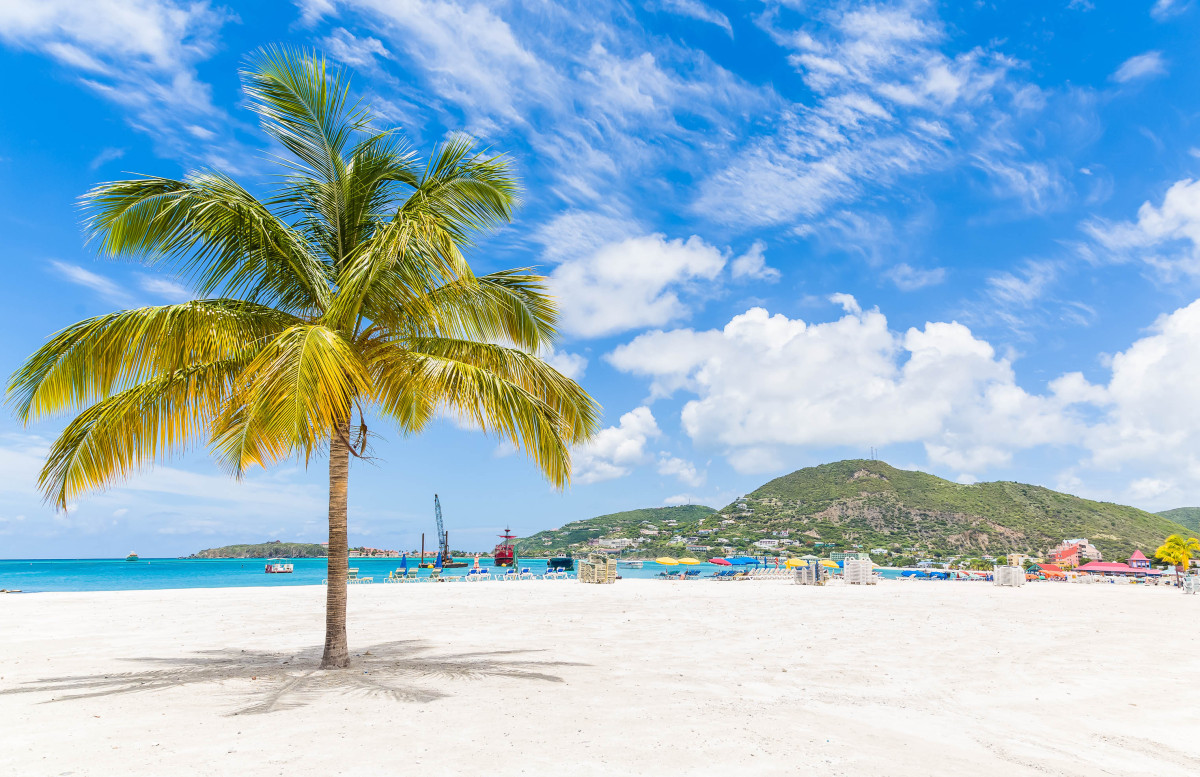A critical analysis of Sint Maarten’s official macro-economic statistics.

Part 4: The Risk of Overestimating Your GDP
As discussed in our previous three papers, available statistics indicate that there is no justification for the 43% increase in Dutch Sint Maarten GDP numbers.
Tourism Export statistics indicate that tourism expenditure on the French Side is being counted to Dutch Side GDP. Comparisons with Aruba indicate that Value Added in the hotel and food service segment may be overestimated based on the tourism receipts.
The old (2017) GDP data set seems more likely to be accurate.
That means that the 2020 data set is also likely to be substantially lower. Liquidity support cannot make up for a 43% lower GDP set. Liquidity support creates an additional debt burden and that in and of itself is not sustainable.
Tourism indicators lag way behind the pre-Irma numbers in both stayover and cruise.
Risks of using overestimated GDP figures
So now, what is the risk of having 43% overestimated GDP figures? The following can happen:
- If GDP is overestimated, Tax in relation to GDP will be underestimated. Additional taxes by increasing compliance will be underwhelming. You cannot tax what you have not produced.
- Economic diversification and entrepreneurship. If the hospitality sector in St. Maarten is underperforming by both arrival and occupancy figures, there will be little room for diversification and entrepreneurship. Both will underperform.
- The population figure and GDP per capita. It is stated that St. Maarten has a large undocumented / non-compliant population. It seems more likely that GDP is a lot lower, GDP per capita a lot lower and when adding in the undocumented population an even lower GDP number. This reasoning is in line with the reported poverty on St. Maarten.
- If productivity is not there, it can not be taxed either. If the government continues to generate deficits based on unachievable income we will find ourselves deeper and deeper in debt. Servicing the newly created debt will make the economy less sustainable. Sint Maarten needs to increase productivity, not look for ways to goose the numbers and pretend to be able to tax fictitious income.
It seems clear that St. Maarten needs to increase efforts to increase tourism production. There is room for improvement. Efforts made post Irma for a marketing fund yielded no results. Funds earmarked for private sector recovery are now being used for microbusiness development, hopefully growing to small and medium enterprises but that will be challenged to be productive in an underperforming economy.
Social funding of areas like education and healthcare will remain a challenge if we do not increase income / production. The World Bank public expenditure review made clear that our aging population is an issue that needs to be addressed. Only additional production can tackle the threat presented.
Fortunately with the dismal arrival figures there is plenty of room for improvement. There is plenty of unused capacity. Generating demand will create more employment and possibly the opportunity for higher ADRs.
With a tax to gdp ratio of 35% Sint Maarten’s economy has a significant tax burden. What the economy doesn’t have is the social safety nets usually associated with such highly taxed economies. Fiscal administration leaves a lot to be desired. Regular checks and balances either fail, or, when they don’t, are ignored.
St. Maarten pretends to be very productive given its high GDP numbers, while ignoring reality. The result is a country that lives above its means and then targets a segment of the population as being undocumented or non-compliant without a shred of evidence. The result is a downward spiral of less production, less income combined with an increased demand on an increasingly unfunded social safety net, while poverty and the associated social ills increase.
This vicious circle will not pause, it will continue spiraling downward until we actually make the concerted effort to reverse it. The only way to do this initially is to focus on generating income from tourism and maximizing production with the capacity we have galore.
This is not an easy task, it is however the only logical one. The sooner St. Maarten takes the collective blinders off and realizes this the better.

